Bernardi Enrico, 1882, 1-cylinder Pia engine
1-cylinder Pia engine “Enrico Bernardi”, 1882
With this invention, Enrico Bernardi granted Italy a great discovery in the motoring field; on 5th August, 1882 he patented the “Motrice Pia”, the first petrol fuelled combustion engine, almost together with Karl Benz (who patented his engine in October 25th, 1882) and Gottlieb Daimler (who patented it on December 16th, 1883). It is difficult to establish who was the first man in the world who invented the automobile, but we can say that Bernardi gave a significant impulse to the concrete application of the petrol engine too.
Bernardi had started his studies on internal-combustion engines in 1876 and in 1882 he built the “Motrice Pia” (named after his daughter) which he fitted to a sewing machine. In 1884 he presented it to the National Exposition of Turin. That same year he fitted the engine to his son's tricycle, who drove it around the roads of Quinzano: Benz will fit his invention two years later, in 1886, to a three wheel vehicle suitable for a grown man.
The Motrice Pia is a lightweight, horizontal single-cylinder engine, four strokes, modified and perfected Otto cycle engine, with a cast iron double wall cylinder, water cooled, 44 mm bore, 80.5 mm stroke, 122,5cc displacement producing 0,024 bhp at 200 rpm, 10 kg weight; the petrol comes from a 2-decilitre small parallelepiped fuel tank near the crankcase.
In 1889 Bernardi built a more powerful engine called “Lauro”, which was fitted to his son’s bicycle in 1892, creating a petrol fuelled motorcycle, and in 1894, in Padova, he introduced a three wheel car.
Enrico Bernardi, professor emeritus at the Padova University, dedicated his whole life to studies, research and application of his inventions. In his last years of life, he joined his passion for technical innovations with the experimentation and research in photography, optics and chemistry related to the colour in the Lumière chromo positive process.
Luciano Nicolis used to say: “According to what I learned, this is the first petrol-fuelled engine in the world and was made in 1882 by Enrico Bernardi of Quinzano – Verona and fitted on a toy tricycle for his son in 1884. It's incredible thinking about this man's ingenuity to create such a small petrol engine. There's a radiator for cooling, a candle that works as a spark plug and lights up with a match. He also built a shield for wind, otherwise the flame would go out when you were driving”.
“It's curios and very interesting to discover all this clever particulars. Bernardi then created an automobile company with count Giusti without success. So he built his own company, Bernardi, a demanding experience, then he retired and went to FIAT. The first engine was called Pia after her daughter, while the other bigger engine was called Lauro after his son and applied it on a wagon behind a bicycle: that was the first motorcycle ever made. Even the first Italian petrol fueled car was made by Bernardi in 1894 with the name Miari -Giusti and the first Italian racecar was a Bernardi and participated to the first car races.”
In 1999 Gianni Torelli starts the motrice Pia of Museo Nicolis on the occasion of the celebration in Campagnola Emilia (see article).
Enrico Zeno Bernardi (1841 Verona – 1919 Torino)
1867 – Founded and managed the Machine Institute of the university of Padova
1882 – Agosto, 5th. He patented the Motrice Pia in Padova, the first petrol fuelled engine ever made.
1884 – He compined the toy tricycle with the Motrice Pia in Quinzano /VR). First vehicle driven by a petrol engine.
1893 – He joined his son's bicycle with a wagon where he fitted the “Lauro” engine. It's the first petrol motorcycle ever made.
1894 - He launched a 3-wheeled vehicle in Padova. The first Italian automobile with an internal-combustion engine.
1896 – Founded the “Società Miari & Giusti” in Padova to build vehicles and Bernardi engines.
1897 – He patented the kinematic link for the steering. Patent n.46.601 (built in 1894).
1899 – “Miari & Giusti” was followed by “Società Italiana Bernardi” that produced 3 and 4-wheeled vehicles (and will close in 1901).
1911 – He dedicated to studies and research in photography, optics and chemistry related to new colour technics and tridimensional effects.
1915 – After 52 years of teaching, he retired, but kept studying and doing research in Turin.
1919 – February 22nd. Enrico Bernardi died in Turin. The coffin will be moved to Padova in 1920.
WATCH THE VIDEO Università degli Studi di Padova – Museo di Macchine “Enrico Bernardi”

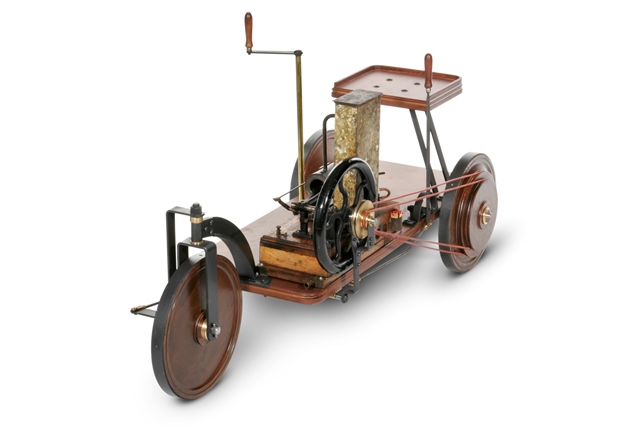
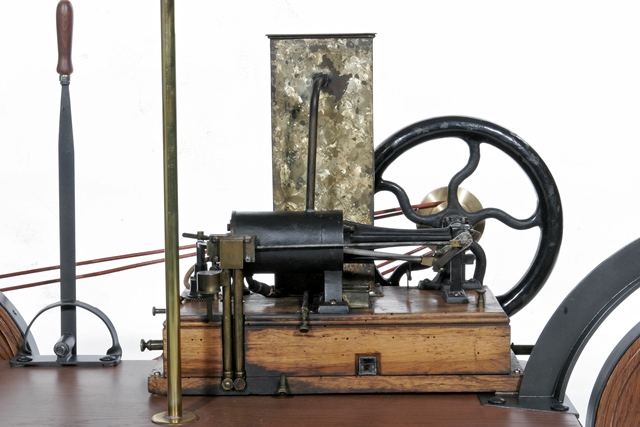
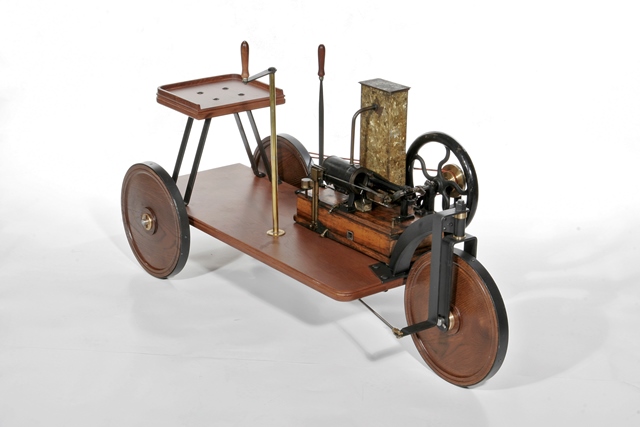
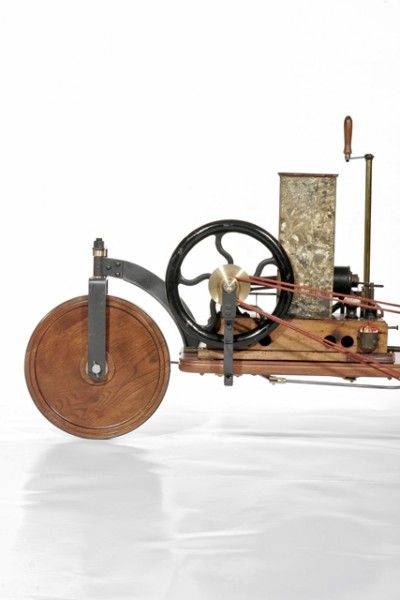
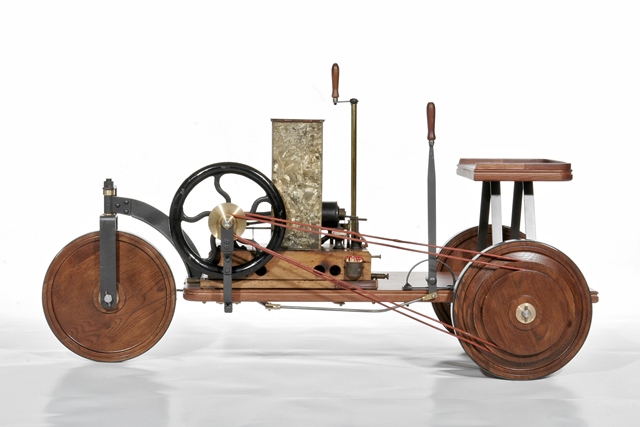
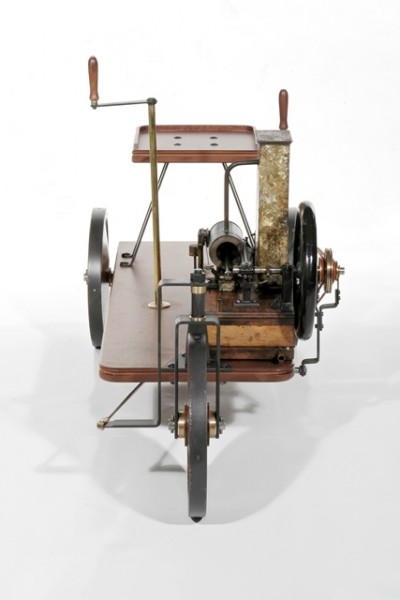
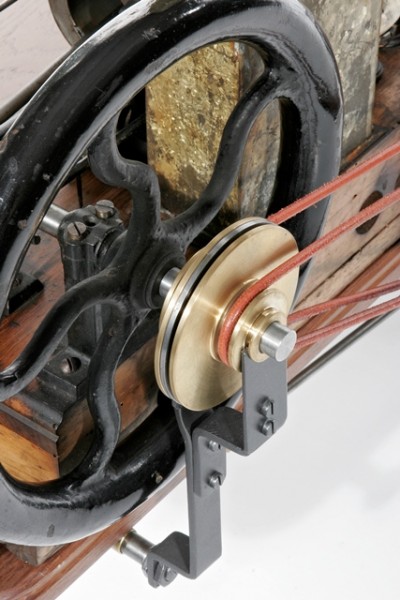

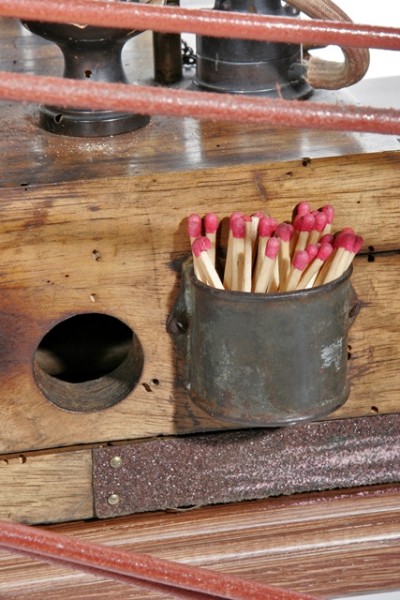
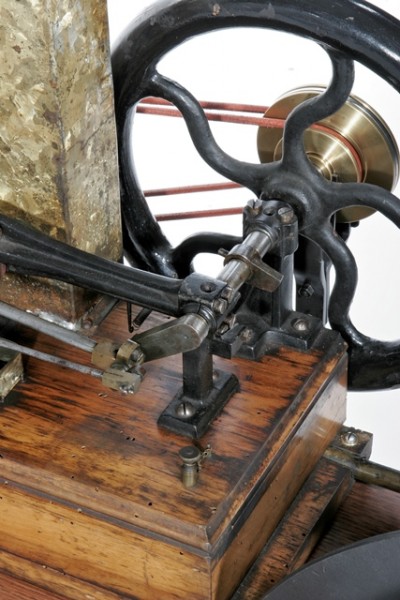
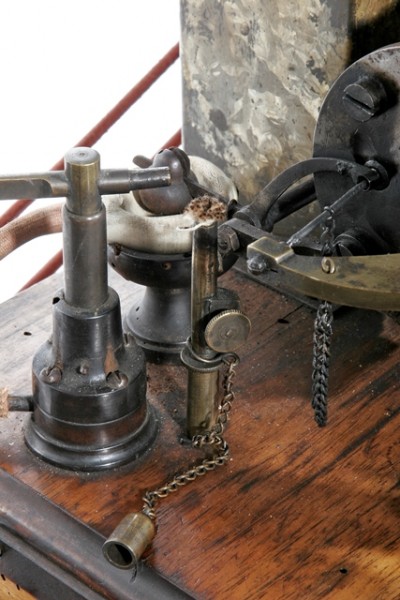
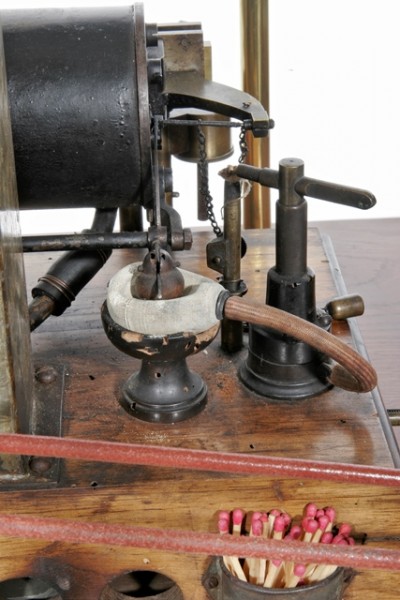
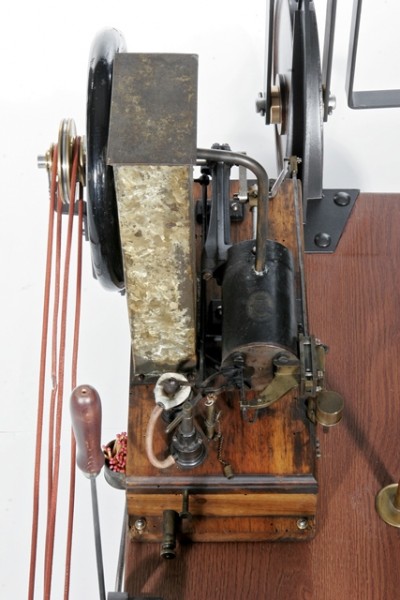
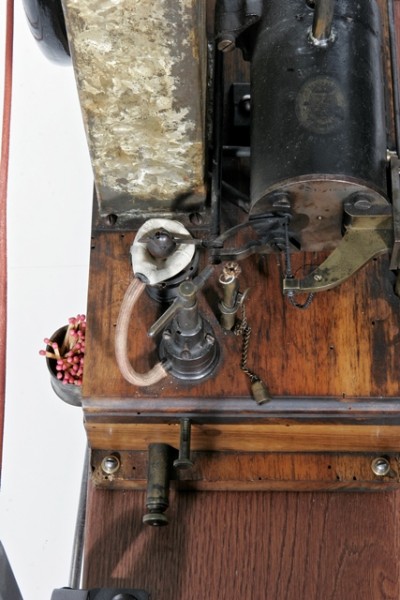
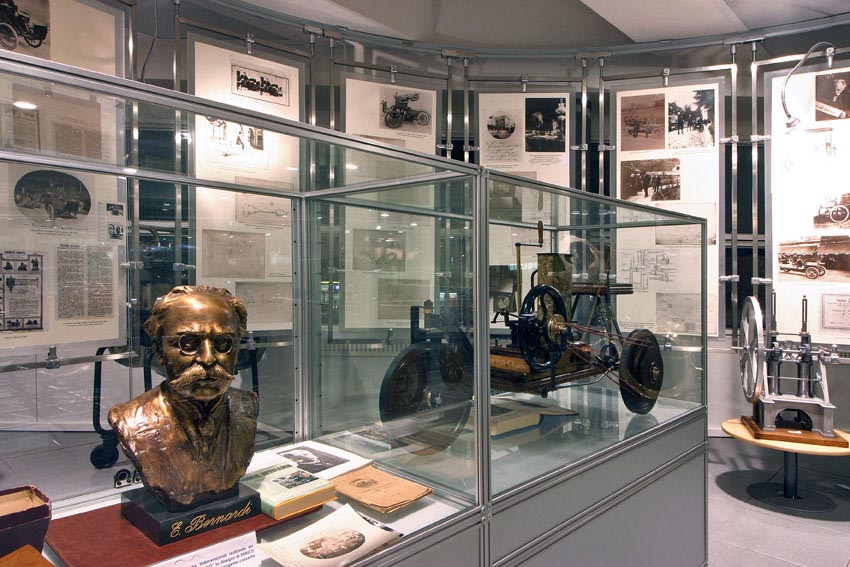
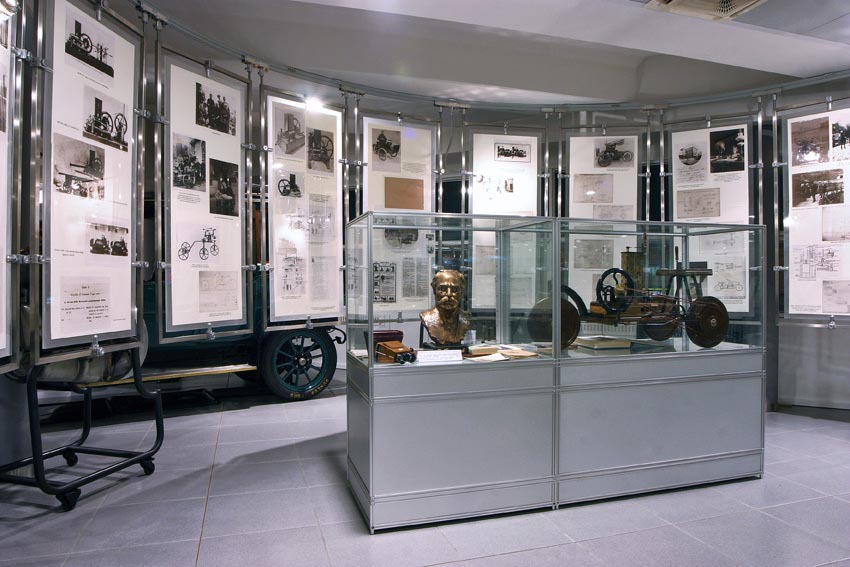
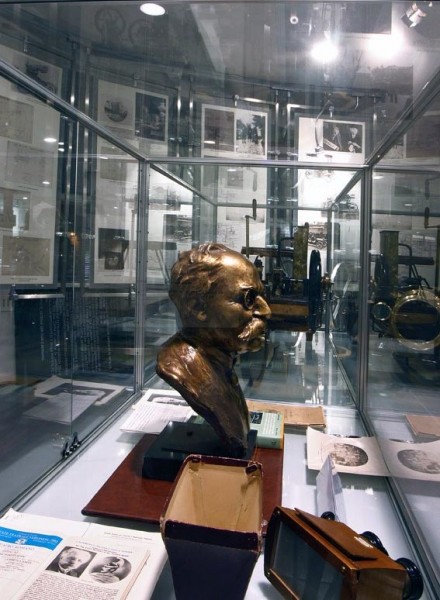







Audioguide